
Erddig's collections
Explore the objects and works of art we care for at Erddig on the National Trust Collections website.
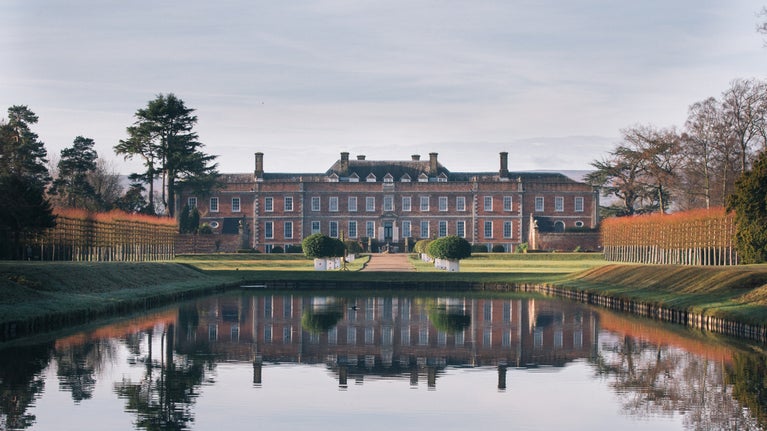
Find out about the High Sheriff who lived beyond his means when he built Erddig, and the rich London lawyer who extended and redecorated the house. Delve into 240 years of the Yorke family history at Erddig.
In 1682, Joshua Edisbury was appointed High Sheriff of Denbighshire; it was to be the making of Erddig, and the unmaking of Edisbury. He chose the dramatic site on an escarpment above the winding River Clywedog a mile south of Wrexham.
On 1 November 1683, Thomas Webb, freemason of Middlewich in Cheshire, ‘covenanted and agreed to undertake and perform the care and oversight of contriving, building and finishing of a case or body of a new house’.
Work began in 1684 on a house nine bays wide, but Edisbury overstretched himself and by 1709, he was bankrupt.
Elihu Yale, famous benefactor and namesake of the Ivy League university, also made a loan to Joshua Edisbury to help build Erddig.
Edisbury had already courted the wealthy East India Company merchant with casks of Sandpatch Ale. Yale had reciprocated with ‘our best mango Atchar [chutney]’ and a ‘Japan Skreen’ for Edisbury’s wife, which you can still see in the State Bedroom.
But their friendship evaporated when Yale was later forced to call in his debts – demanding £4,000 for a loan of half that amount – and set in motion the spiral that led to Joshua Edisbury’s bankruptcy.
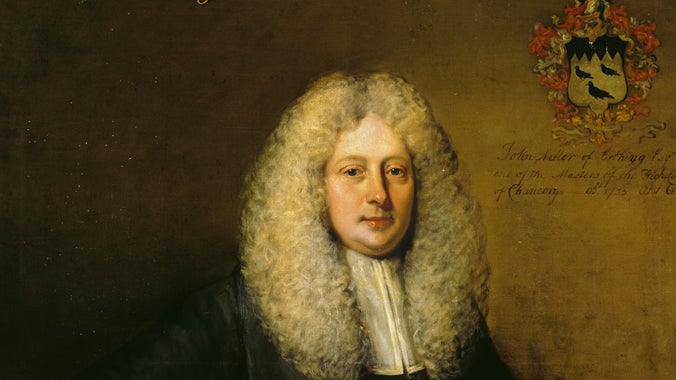
A successful London lawyer called John Meller was Erddig’s next owner. Meller bought up Edisbury’s debts and once he’d purchased Erddig, he set about furnishing it with the very best furniture and fabrics of the time.
He extended it to the north and south, adding two-storey wings; his 'rooms of parade'. With no wife or children, Meller looked to his sister's son, Simon Yorke, to supervise the completion and delivery of his valuable new furnishings for Erddig. He later bequeathed the house to his nephew Simon on his death in 1733.
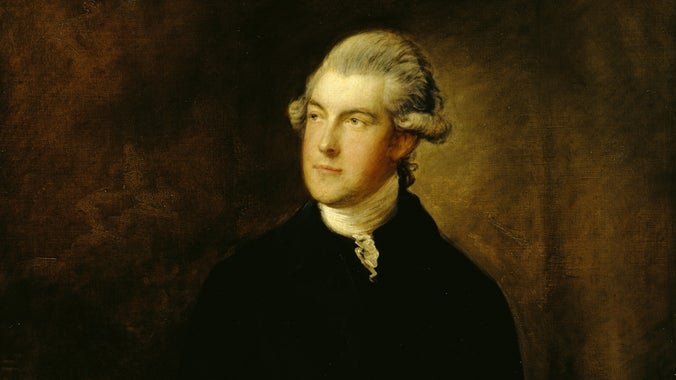
Simon Yorke I inherited Erddig from his uncle John Meller in 1733. Erddig was owned by the Yorke family for 240 years; each successive owner being called either Simon or Philip.
Simon Yorke I enjoyed his good fortune, developing the garden but doing little to the house. His marriage to heiress Dorothy Hutton produced one son, Philip.
Philip Yorke I inherited Erddig on his father's death in 1767. An inheritance from his mother's brother meant he was able to marry Elizabeth Cust, daughter of Sir John Cust of Belton. The inheritance and her dowry helped finance a few changes to Erddig, including:
On his death in 1804, Philip Yorke I left Erddig to his eldest son Simon.
Simon Yorke II married Margaret Holland and they had six children, two of which died in infancy. Simon was very sociable, often entertaining family and friends and commissioned Thomas Hopper to create a large dining room in Meller's southern suite of rooms. He also refurbished other rooms in the wing, installing underfloor heating and a bell system.
He was succeeded by his eldest surviving son, Simon.
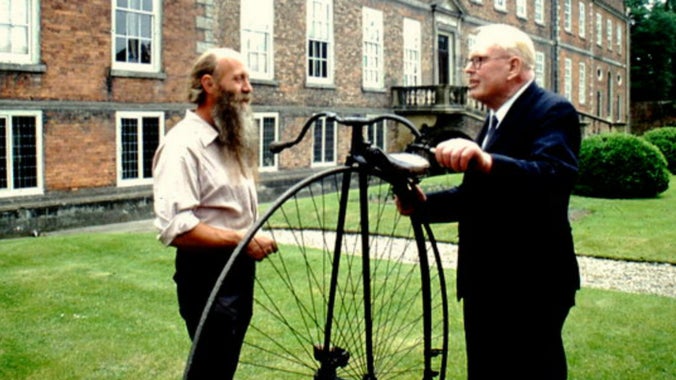
Simon Yorke III made many alterations to the park and gardens, creating steps from the Saloon to give better access to the re-laid parterre complete with new fountains. He and his wife Victoria Cust also created a Music Room in the Entrance Hall, moving the front entrance to the Tribes Room.
After his death in 1894 his son Philip moved back to Erddig.
Philip Yorke II and his wife Louisa Scott made very few alterations to Erddig but worked to preserve the house and its contents with a diminishing number of servants.
Simon Yorke IV inherited Erddig in 1922 at the age of 19. The estate was in serious financial trouble and few staff remained. The nationalisation of the Coal Board in 1947 meant that coal was mined from beneath the house and serious subsidence took place.
Simon became a recluse with no electricity and no telephone, keeping away from the outside world. Erddig declined, but Simon refused to part with anything in the house.
Philip Yorke III inherited a crumbling Erddig on his brother's death. Neither brother had married, so Philip began negotiations with the National Trust. Erddig came into the care of The National Trust finally took ownership in 1973 and a four-year restoration project began.
Philip died in 1978. But as the last Squire of Erddig, Philip lived long enough to see Erddig returned to the former glory of the home he remembered as a child.

Explore the objects and works of art we care for at Erddig on the National Trust Collections website.

Saved from ruin, Erddig is a rare survivor teeming with treasures. From servants’ portraits to fine furnishings, discover the top things to see and do when you visit the house.

Erddig has the one of the largest collections of items within the entire National Trust. With a total of 30,000 to care for, it's no mean feat for the house team of conservators and volunteers. We’re an accredited museum too.
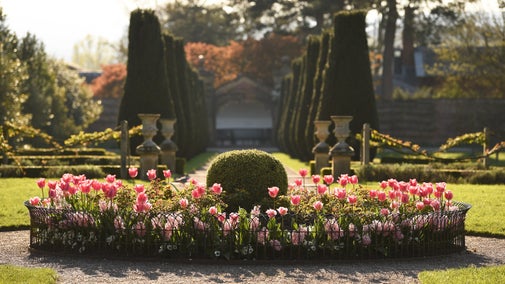
From daffodils in spring to 180 apple varieties in autumn, find out about this 18th-century walled garden and its seasonal activities and highlights.

Discover the top things to see and do when you visit the parkland. From meandering rivers and an 18th-century water feature to the dramatic escarpment leading to Wat’s Dyke.